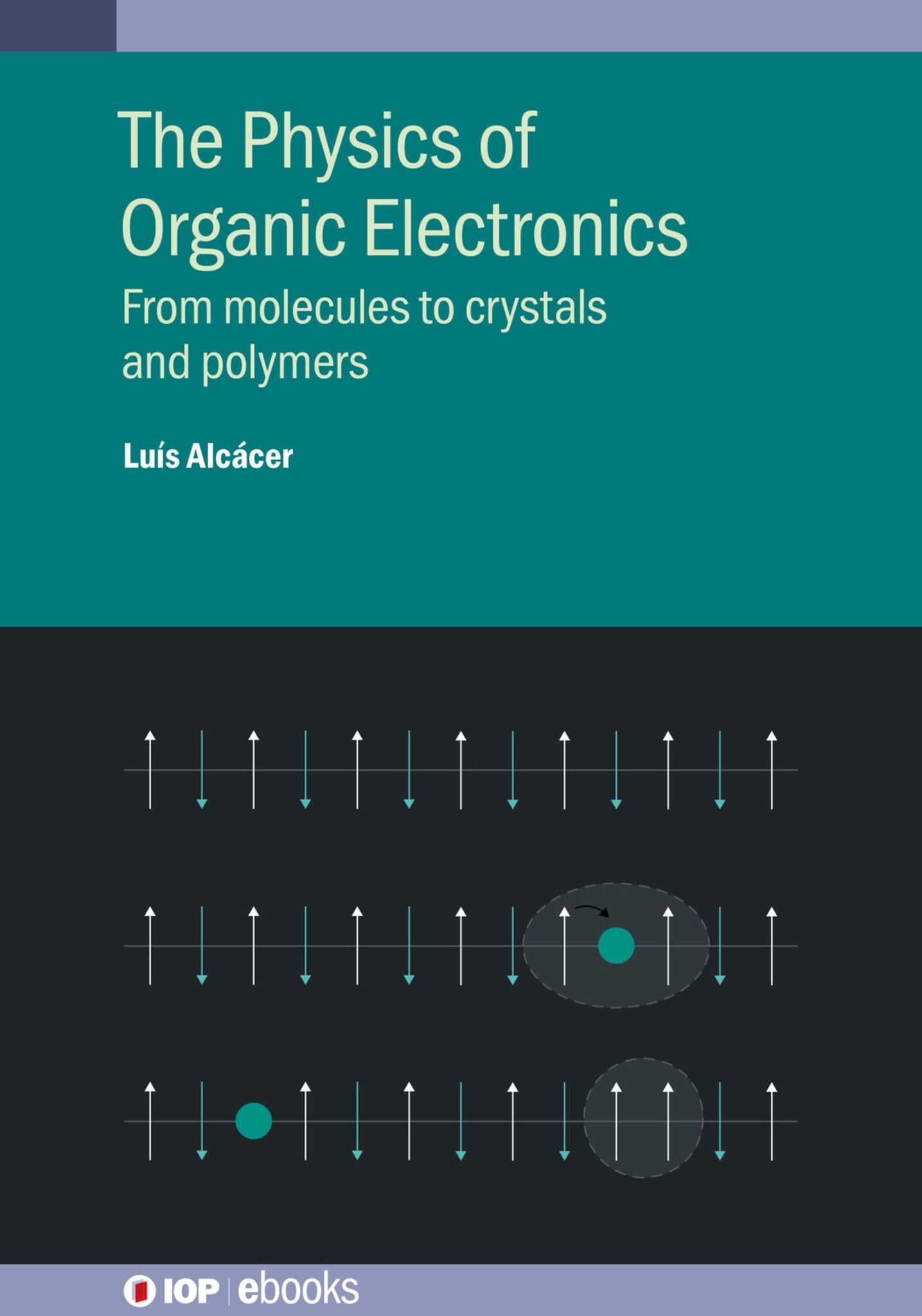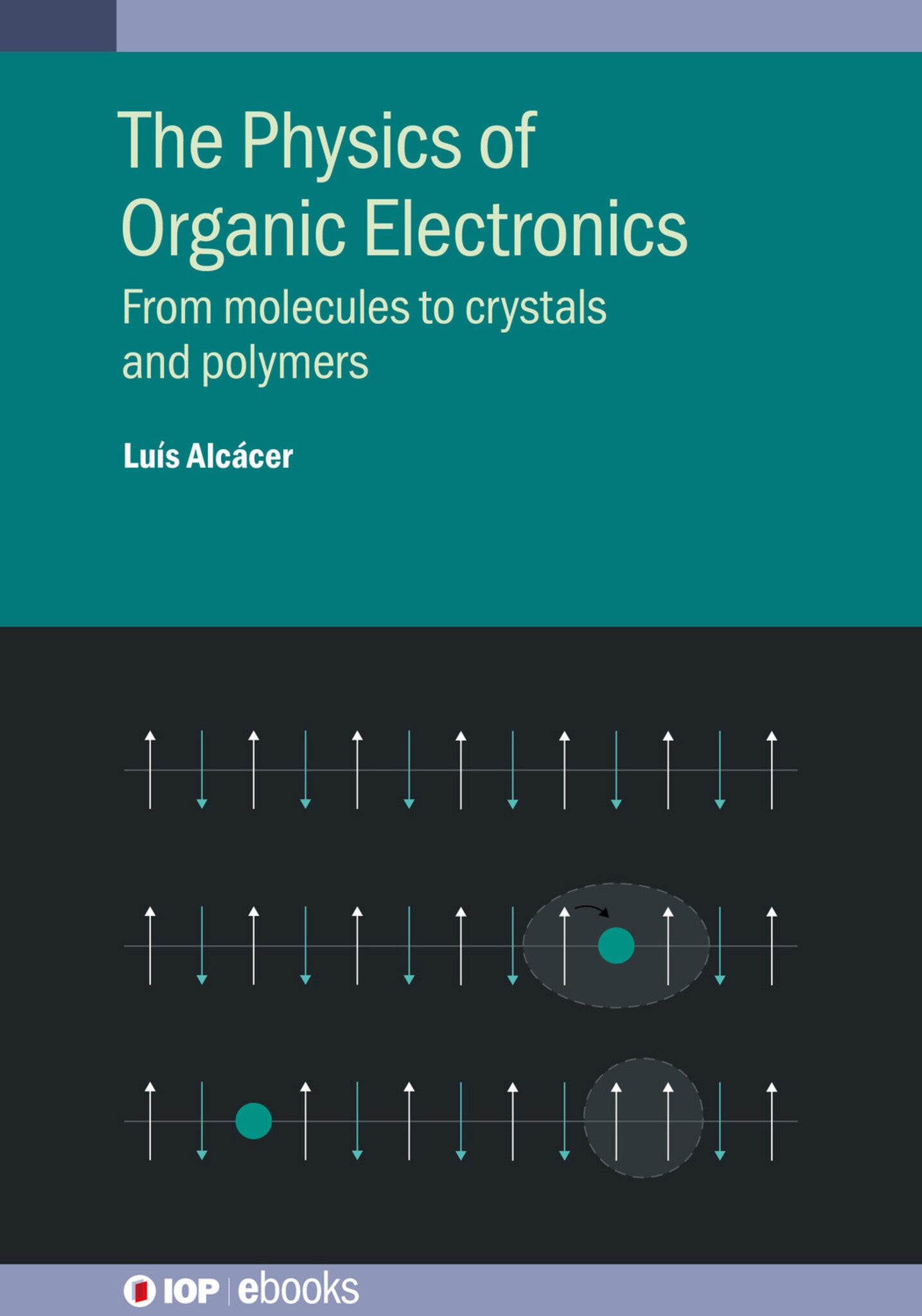We're sorry. An error has occurred
Please cancel or retry.
The Physics of Organic Electronics

Some error occured while loading the Quick View. Please close the Quick View and try reloading the page.
Couldn't load pickup availability
- Format:
-
28 June 2022


TECHNOLOGY & ENGINEERING / Electronics / General, Electronic devices and materials, SCIENCE / Physics / Condensed Matter, TECHNOLOGY & ENGINEERING / Electronics / Optoelectronics, Condensed matter physics (liquid state and solid state physics), Optical physics

This book provides the fundamental theory for organic electronics including organic metals, superconductors, and semiconductors for organic electronics. It is intended for students, researchers, or engineers interested in learning about organic electronic theory and devices, who have some background in condensed matter physics and either basic quantum mechanics, chemical physics, or materials science. The book can be divided into two parts. The first part presents the theory involving short reviews on intermolecular interactions, structure, and scattering theory followed by the main theories describing the interaction of electronics in quasi one-dimensional systems, including a model and case studies. The case studies illustrate the most relevant transport properties and mechanisms, phase transitions, and magnetic effects of interest. The remainder of the book covers the physics of organic light emitting diodes, organic solar cells, organic transistors, and molecular-scale electronic devices. The future of organic electronics brings with it the promise of many new applications. This book is for our readers interested in learning about this theory who already have the background necessary to understand the material being presented.
John J. Shea, IEEE magazine, March 2023



